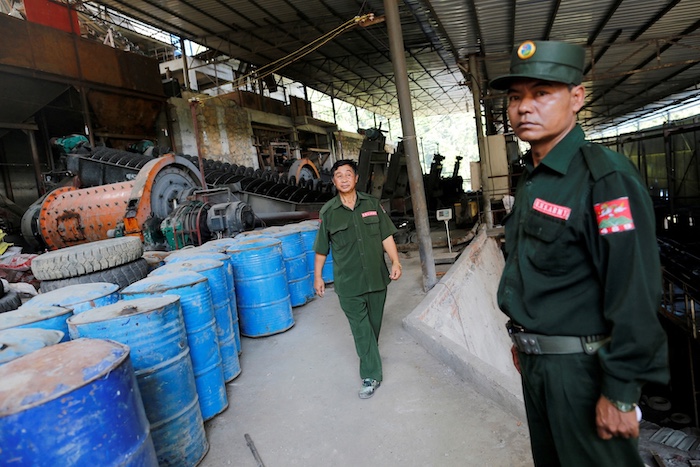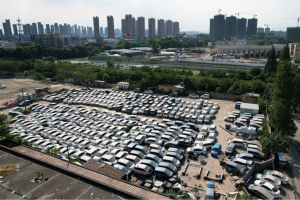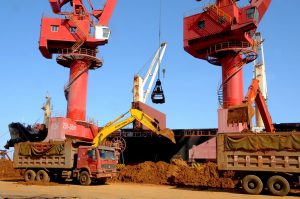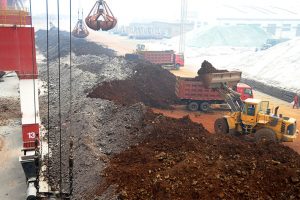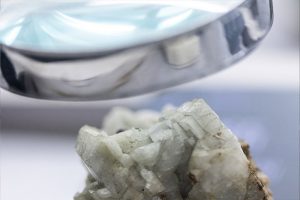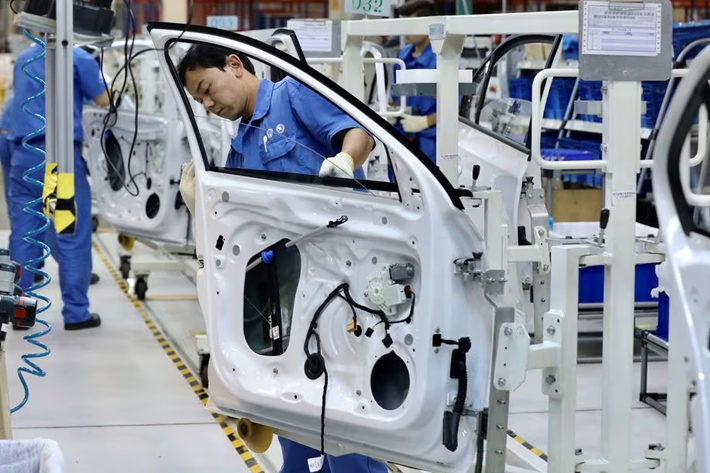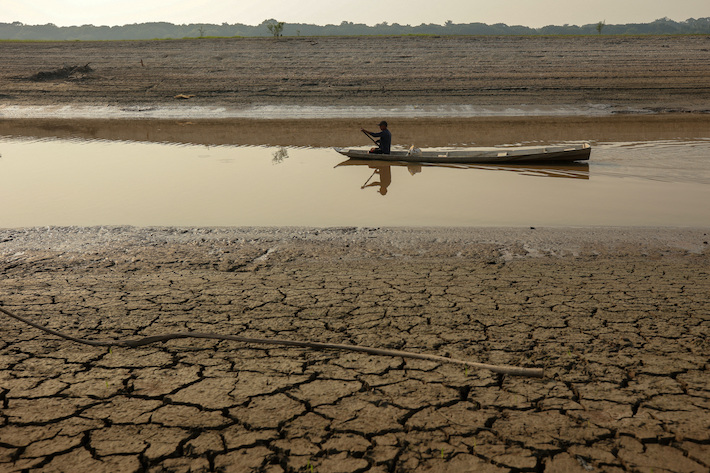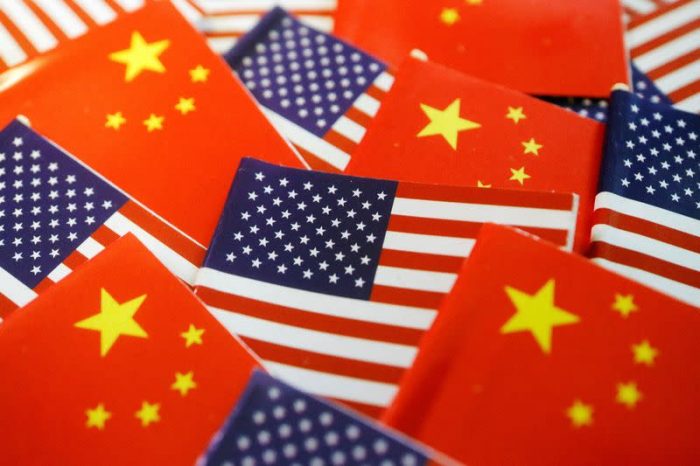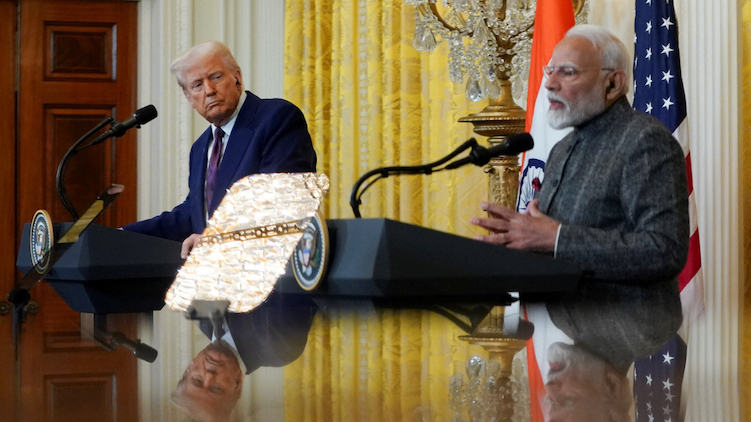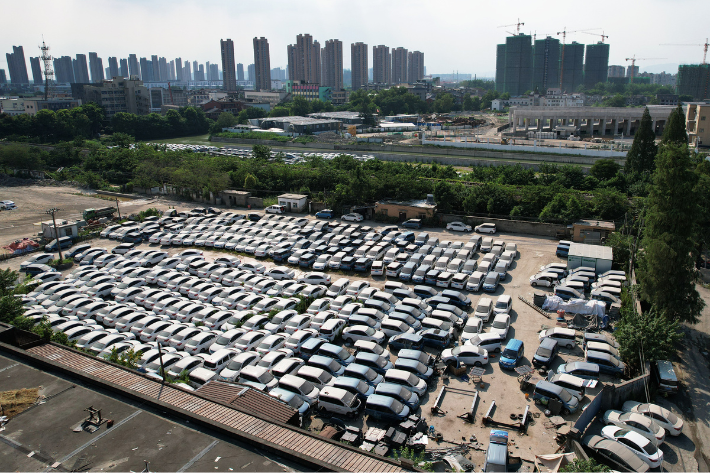Fear is growing that China’s push to dominate the rare earths sector is creating an environmental nightmare, by poisoning Southeast Asia’s biggest and important river, the 4,909-kilometre-long Mekong.
The surge in interest in rare earths in recent years, has polluted watersheds in many areas across war-torn Myanmar, from Kachin State in the far north, to parts of Shan State close to the northern border of Thailand, causing health crises almost everywhere miners set up leaching pools.
In May, Thai officials did tests on transboundary rivers such as the Kok, Mekong and Sai after local villagers complained about the water quality and dead fish. All three were found to have unsafe levels of heavy metals, such as arsenic and lead, at dozens of locations in Chiang Mai and Chiang Rai provinces. They usually come from toxic spillovers from gold and rare earth mines.
ALSO SEE: Trump Taps Southeast Asia For Rare Earths Amid China Uncertainty
And now, the problems found in Myanmar and northern Thailand have been identified in a third country, with news of over two dozen rare earth mines being set up in northern Laos over the past three years.
Rare earth mines are banned in Laos, but satellite data assessed by the Stimson Center in the US has revealed rare earth mines set up in protected areas and within the Mekong Basin since 2022.
A new report published by Mongabay on Monday (October 27) said analysis of satellite imagery revealed 27 mines, including seven that opened up this year.
“Twenty-three of these mines appear to be in protected areas,” but it was not known yet if they are illegal or operating with permission from officials, it said.
Chinese investors have been able to launch mining operations in both Laos and Myanmar because of weak oversight, plus China’s powerful influence over authorities in Laos.
That’s partly because landlocked Laos has been massively in debt to Beijing since it gave the green light for China to build a high-speed rail link from Yunnan province down to Vientiane, the Lao capital (the first part of a line now being extended across northeastern Thailand to Bangkok that will eventually link to Singapore).
The Stimson Center identified a dozen rare earth mines on the Nam Khan River and three on the Nam Ngiep River. Both of these rivers feed into the Mekong, which flows from Tibet through Myanmar, Thailand, Laos, Cambodia and Vietnam before eventually reaching the South China Sea.
It also identified another 10 rare earth mines on the Nam Hao and Nam Xan rivers, which “pose a transboundary risk to Vietnam,” plus the Nam Xam National Biodiversity Conservation Area on the border of Laos and Vietnam.
‘Chinese investors working with local officials’
Rare earth mining was banned in Laos in 2017, but Mongabay said “mining companies, particularly those backed by Chinese investors, have found workarounds by establishing client-patron relations with local officials.”
And that meant “many rare earth mining operations may have permission at the provincial or district level, even while they likely don’t have the legal right to do so as granted by the central government.”
Land concession data from 2016 showed that Chinese companies held an estimated 30% of Laotian land concessions – about 287,000 hectares (709,192 acres) – and some had been seeking mining concessions, “while others are already mining rare earth minerals, operating under the guise of exploration,” it said.
In short, this is another nightmare for communities along the Mekong, who have spent years battling companies eager to build dams on the big river, which sustains the more than 50 million people who rely on it for food, water and livelihoods.
‘Mining proliferating at a rapid rate’
The Stimson Center’s Regan Kwan and Brian Eyler, author of ‘The Mighty Mekong’ book, set up a webpage late last month titled ‘Rare Earth Mining in Mainland Southeast Asia – River Basins Dashboard’ to help expose the latest crisis.
On it, they say: “In-situ leaching, the form of rare earth mining most common in Southeast Asia, uses large quantities of water pumped from nearby rivers to flush subsurface layers in the hills with water and chemicals to create a slurry that is later separated into rare earth minerals and waste material.
“At unregulated mine sites, the wastewater is diverted back to rivers and flows downstream. Wastewater can contain toxic metals and chemicals such as arsenic, mercury, cadmium, manganese, and other contaminants. These contaminants can then pollute local water supplies, floodplains used for agricultural production, and fish populations, among other impacts. High levels of these contaminants are known to cause severe health risks to those affected.
“Mining activity in mainland Southeast Asia is proliferating at a rapid rate, and the impact of mining on local communities and aquatic life is mostly unknown and undocumented.
“Governments in the Mekong are either unprepared to address current and future impacts, or they are turning a blind eye to the problem. Impacts of mining in Myanmar’s Kachin State are coming to light after years of research and engagement from local and international NGOs.
“In Thailand’s Chiang Rai province, a looming health crisis is brewing from upstream mining in Myanmar on the Kok, Sai-Ruak, and Mekong Rivers. Media coverage of mining impacts in Chiang Rai started around April 2025, but much more work needs to be done to initiate an appropriate response from authorities in Thailand and Myanmar.
“Finally, mining activity in Laos and Cambodia is only recently being documented … A concerted effort composed of government authorities, regional organizations, NGOs, academics, and communities is required to develop a baseline of understanding of the impacts of mining activity.”
- Jim Pollard
ALSO SEE:
Wa Army Controlling New Rare Earth Mines in Northeast Myanmar
Carmakers Stressed by China’s Curbs on Critical Mineral Exports
Thailand Plans Dams to Clean Myanmar Gold Mines’ Toxic Runoff
China Follows US Playbook in Rare Earth Crackdown; Tesla Hit
China Halts Rare Earth Exports, Warns US on Deep-Sea Metals ‘Plan’
China Plunders Rare Earth Minerals as Myanmar’s Civil War Rages
China Rare Earth Mines ‘Poisoning’ Northern Myanmar – Report
Myanmar Strife Keeping Rare Earth Prices On The Boil
US Sanctions Karen Warlord, Cambodia ‘Money Laundering Group’
High-Tech Asian Crime Wave: Cyber Scams, Casinos Loot Billions
Crime Gangs Control Some Myanmar, Laos Economic Zones: UN




